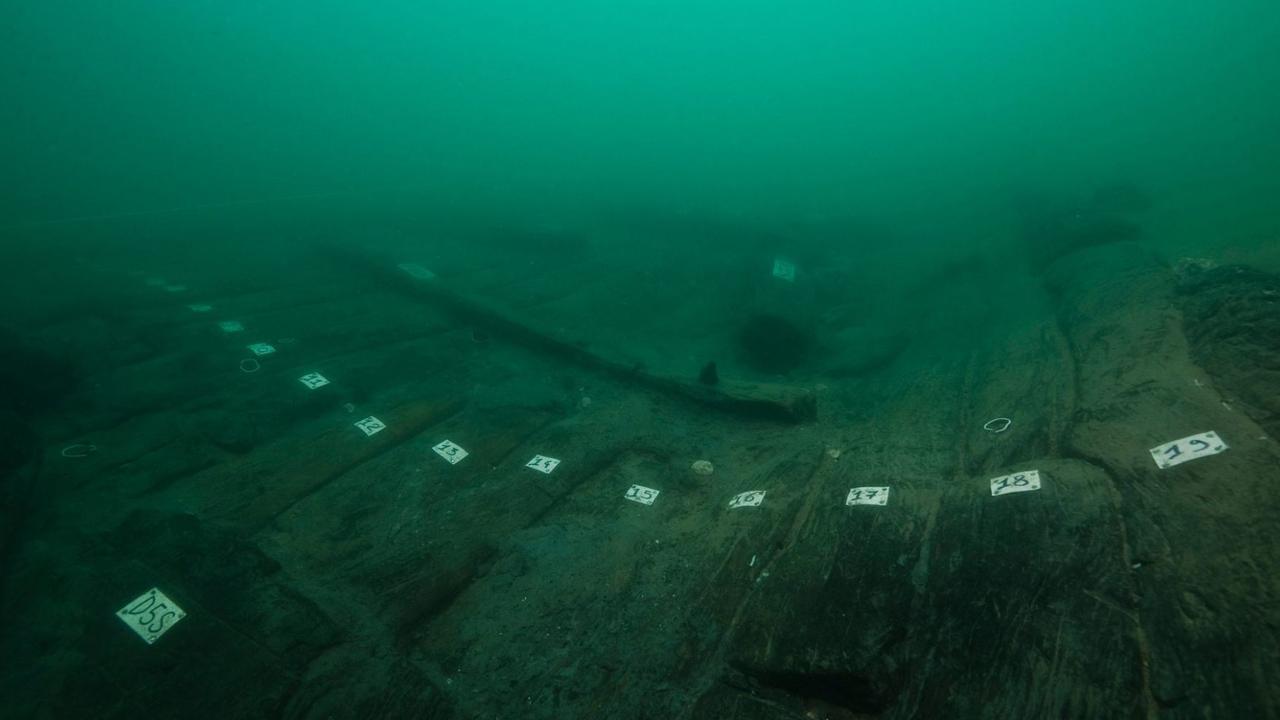Strange 2500-year-old wreck discovered in Nile ‘ship graveyard’ the one Herodotus described
More than 2500 years ago, ancient Greek historian Herodotus described a strange ship. Now archaeologists have found it.
Archaeologists in Egypt have discovered the wreck of an extremely rare vessel that travelled the Nile around 2500 years ago, solving an ancient puzzle.
The barge is one of more than 70 wrecks found in what is described by experts from the European Institute for Underwater Archaeology (IEASM) as the world’s largest “graveyard of ancient ships”. The ships were discovered in the sunken ancient port city of Thonis-Heracleion in the Nile Delta.
Known as a “baris”, the barge is the subject of a new book by Oxford University’s Centre for Maritime Archaeology (OCMA). “This was a particular vessel type that was described by the Greek historian Herodotus after he visited Egypt in 450 BC,” the centre explained in a statement.

However, prior to the discovery of the baris, which was dubbed “ship 17” by archaeologists, there was no actual archaeological evidence of the boats. As a result, historians have spent centuries arguing over Herodotus’ account of the vessels, according to The Guardian.
An illustration of the shipwreck that fits the description by Herodotus. The upper half of the model illustrates the wreck as excavated. Below the unexcavated areas are mirrored to proÂduce a complete vessel outline. Photo: Christoph Gerigk/Franck Goddio/Hilti Foundation #Egypt pic.twitter.com/GwqApgOUtz
— The Ice Age (@Jamie_Woodward_) March 19, 2019
The book, Ship 17 — a baris from Thonis-Heracleion, by Alexander Belov solves the mystery and analyses the construction and structure of the boat, which is between 26 and 28 metres long. The boat dates to what historians refer to as the “Late Period” in ancient Egypt, which ran from around 712 to 332 BC.

The baris would have been used to transport goods such as fish and stones along the Nile, according to LiveScience, which notes it may have also carried troops.
Belov’s research says that when no longer used as a trading boat, the barge likely became part of the port’s “maritime infrastructure”.
This article originally appeared on Fox News and was reproduced with permission



